Kokum – An Inexpensive Gift of Nature
Most people who are into supplements have heard of something called “Garcinia Cambogia” as a fat burning super-food & supplement, however, its sister fruit “Garcinia Indica” also known as “Kokum” remains cold-shouldered.
Kokum grows in the coastal forests of Southern India, Gujarat, Goa and Maharashtra and is one of the most under-exploited gems these places have to offer.
To give you a little introduction into this super-fruit, Kokum comes from a plant in the mangosteen family (Clusiaceae)
There are many names to this fruit –
- Kokum or Kokam in Hindi, Gujarati & Konkani
- Bheranda, Kokambi, Amsul in Marathi
- Punarpuli or Murgina in Kannada
- Tintali in Oriya
- Kaatampi in Malayalam and
- Vriskshamla, Amlabija, amlashaka in Sanskrit
- It is also known as the ‘Malabar Tamarind’.
The fruit comes with a multitude of uses. The tree flowers from November to February & the fruit season lasts from March to May. The dark purple fruit is round, about 4 cm in diameter with 5 – 8 seeds. The fruits are picked when ripe, the rind is then removed and soaked in the juice of the pulp and then sun-dried.
The thick skin is initially hard & firm, but when ripe, it can be gently pried open. It is not only used in varied cuisines for its culinary uses but also finds its place in Ayurveda for its health boosting properties.
It is used as a beverage as well as a flavoring or souring agent in meals especially in seafood & meat preparations which makes it a good substitute for tamarind. Cosmetic companies are now exploring the use of kokum butter which is an oil extracted from the fruit’s seeds.
The fresh fruit can be consumed within a few days after it ripens. However, the dried fruit rind can be stored in air-tight containers, which stays for years.
Here are a few commercial & medicinal uses of Kokum-
- Kokum fruit is rich in calcium, potassium & Vitamin C.
- It makes the body alkaline & reduces excess body heat.
- Kokum has many bioactive compounds such as anthocyanin, hydroxycitric acid, hydroxycitric acid lactone, citric acid, garcinol & isogarcinol, cyanidin-3-glucoside and cyanidin-3-sambubioside which possess several nutraceutical properties.
- Amongst the bioactive compounds, anthocyanin has a great potential as a natural colorant and has free radical scavenging activity.
- A concentrate of the fruit rind is given for rheumatism and bowel complaints
- It is traditionally used to treat sores, tumors, dermatitis, heart complaints, diarrhea, dysentery, ear infection, and to facilitate digestion.
- Kokum Juice is also used as a natural remedy for stomach and liver disorders
The Journal of Food Biochemistry published a study revealing kokum’s liver protecting properties in human’s.
- The Journal of Food and Agriculture Activitypublished the findings of scientists in Japan showing kokum’s possibility as an antiulcer drug.
- According to the book, “Molecular Targets and Therapeutic Uses of Spices,” garcinol reduces inflammation responsible for certain cancers, diabetes and neurological disorders. Garcinol is also an antiviral, antibacterial, anti-carcinogenic, and anti-ulceration.
- Garcinol plays an important role in treatment of gastric ulcers caused by Helicobacter pylori bacterial infection.
- Research suggests that the garcinol from kokum acts as an anti-cancer agent by inhibiting Histone acetyltransferase (HATs) activity, which is a gene activity causing cancer cell growth.
- Kokum is also useful to alleviate a lot of symptoms, either caused by the Cancer or heavy medication as seen in chemotherapy. It helps to buffer acidity, reduce nausea, control loose motions & stimulate appetite.
- The major organic acid component that imparts the savoury taste to the fruit is hydroxyl citric acid (HCA), which is an important ingredient in many fat reducing supplements and it is claimed to increase fat burning.
- HCA is also used as a hypo-cholesterolaemic agent, which means it helps to improve the lipid profile.
- Anthocyanins prevent ascorbic acid oxidation, scavenge free radicals, show inhibitory effects against oxidative enzymes and reduce the risk of heart diseases.
- Bioflavonoids in Kokum have shown activity to improve permeability and strength of capillaries, to reduce inflammation.
- An infusion made from the kokum rind is used to cure skin rashes caused by allergies, treatment of burns, scalds, chafed skin and to relieve sunstroke.
- Kokum oil or kokum butter is nutritive, smoothening, softening, astringent, and emollient and has a great demand in pharmaceutical industry for preparation of ointments, cosmetic industry for face creams, lip balms, moisturisers and lipsticks.
- The kernels of kokum seed contain about 33 to 44 percent oil, which is commercially known as “kokum butter”. The ointment is used for the local application for treating ulcer, fissures of lips, cracks/cuts on one’s hands and feet.
- With age, the skin’s elasticity decreases due to natural reduction in enzyme elastase which leads to sagging and at the same time hyaluronic acid in the skin also diminishes and skin becomes dry and wrinkled. Garcinol and cambogiol present in the fruit rinds of Kokum were reported to be good antioxidants which help to slow down skin ageing.
Kokum is ready for consumption right in the peak of summer which is ideal because Kokum has cooling properties which is ideal to beat the heat with.
Here’s how we can make the most of the kokum fruit to get some relief from the sweltering summer heat.
- Kokum syrup is a preparation which is commercially available & is used to make a refreshing cool drink. The syrup is made by combining kokum extract with sugar to make a thick liquid which is then diluted with water to make Kokum sherbet.
However, we can make a healthy version of Kokum Sherbet – soak 2-3 pieces of kokum in some water for a couple of hours, squeeze out the extract, blend it with a fresh glass of water with 1 tsp jaggery, 1/2tsp roasted cumin powder, pinch of salt & a tsp of sabza seeds.
- Agal is a kokum juice extract made by pickling the rind with salt & straining the juice. This dark coloured liquid is then used in fish curries, stews and even coconut based kadhi, a famous sour-savory beverage made by combining dried coconut, salt and green chilies to be had with rice.
- Solkadhi is a cool beverage made using Agal. In this process the ground green chilli, cumin paste, salt, coconut milk and jaggery (depending on taste) are used for the preparation of kokum solkadhi.
- Amsul (dry salted rind) is a fine ingredient in veg-dishes, dals and curries for the sour taste also it is useful for skin boils and irritation, if rubbed against the irritated parts.
It can also be used in chutneys to give it a tangy flavour & a dark tinge.
- Kokum butter also known as Goa Butter, can be used as healthy alternative to cocoa butter, milk butter or ghee
So go ahead & explore the many ways of adding this inexpensive fruit – kokum to your daily diet & make it your own!
Note-
Kokum is not recommended as a replacement for any medical treatment for any health condition. Although it makes for a great addition to your balanced meals, to boost the nutrition value & reap the benefits. Please consult your nutritionist, doctor and other healthcare professionals on how to use it, as per your individual requirements and health conditions.
References-
http://theepicentre.com/spice/kokum/
https://www.ishs.org/ishs-article/806_68 – Studies on kokum (garcinia indica choisy), an underutilized anti-obesity fruit tree of western ghats of south india
https://ayurvedicoils.com/tag/historical-uses-of-kokum
http://jakraya.com/journal/pdf/6-jfrtArticle_1.pdf
|
From a pimple to cancer, our You Care Wellness Program helps you find a way Talk to our integrative team of experts today 18001020253 |

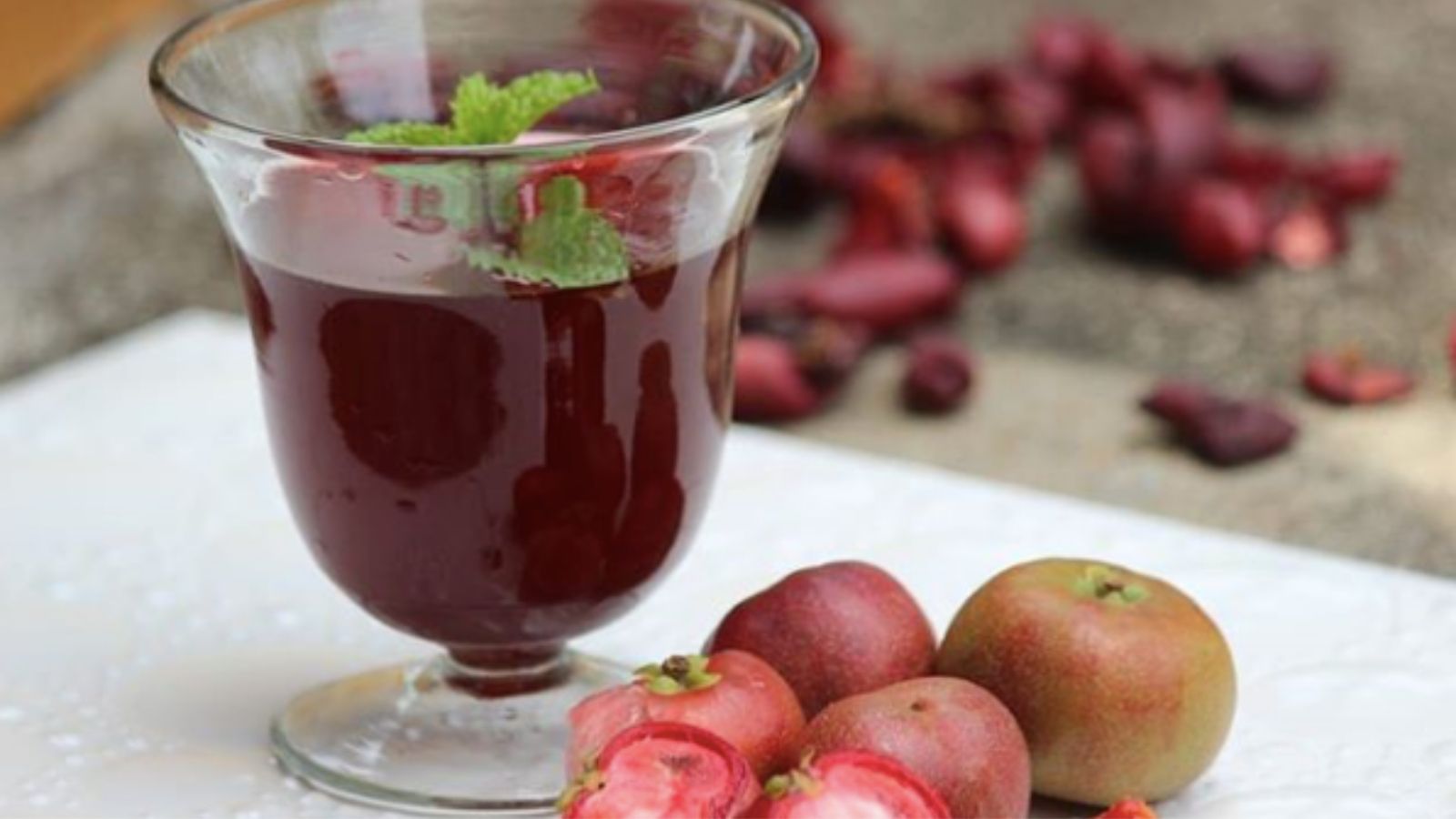

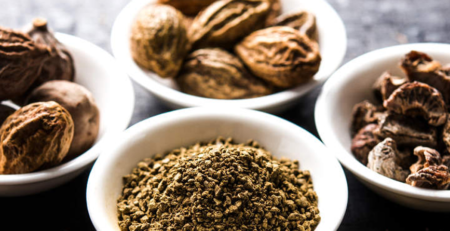


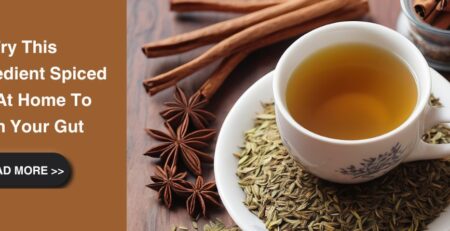
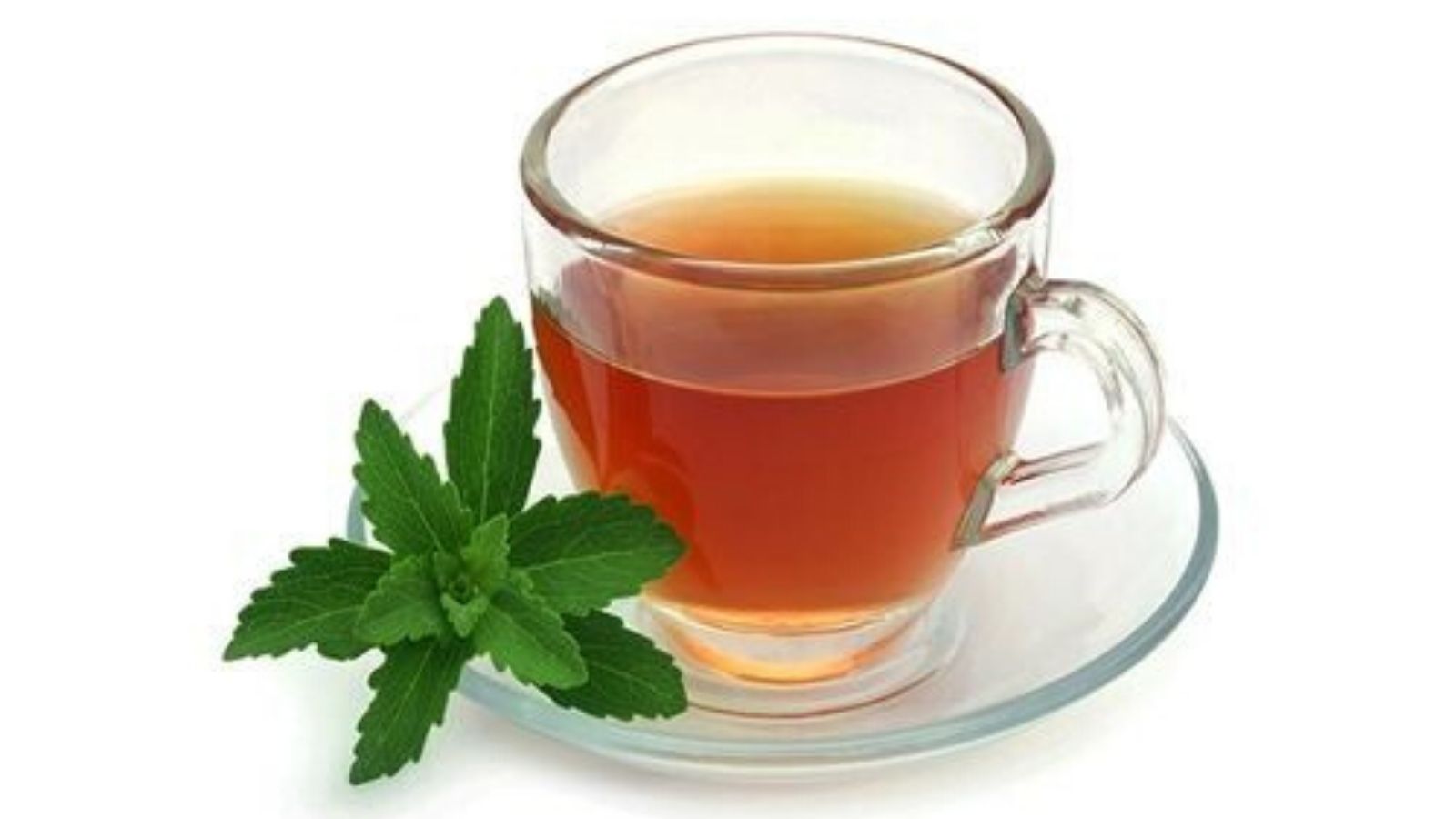
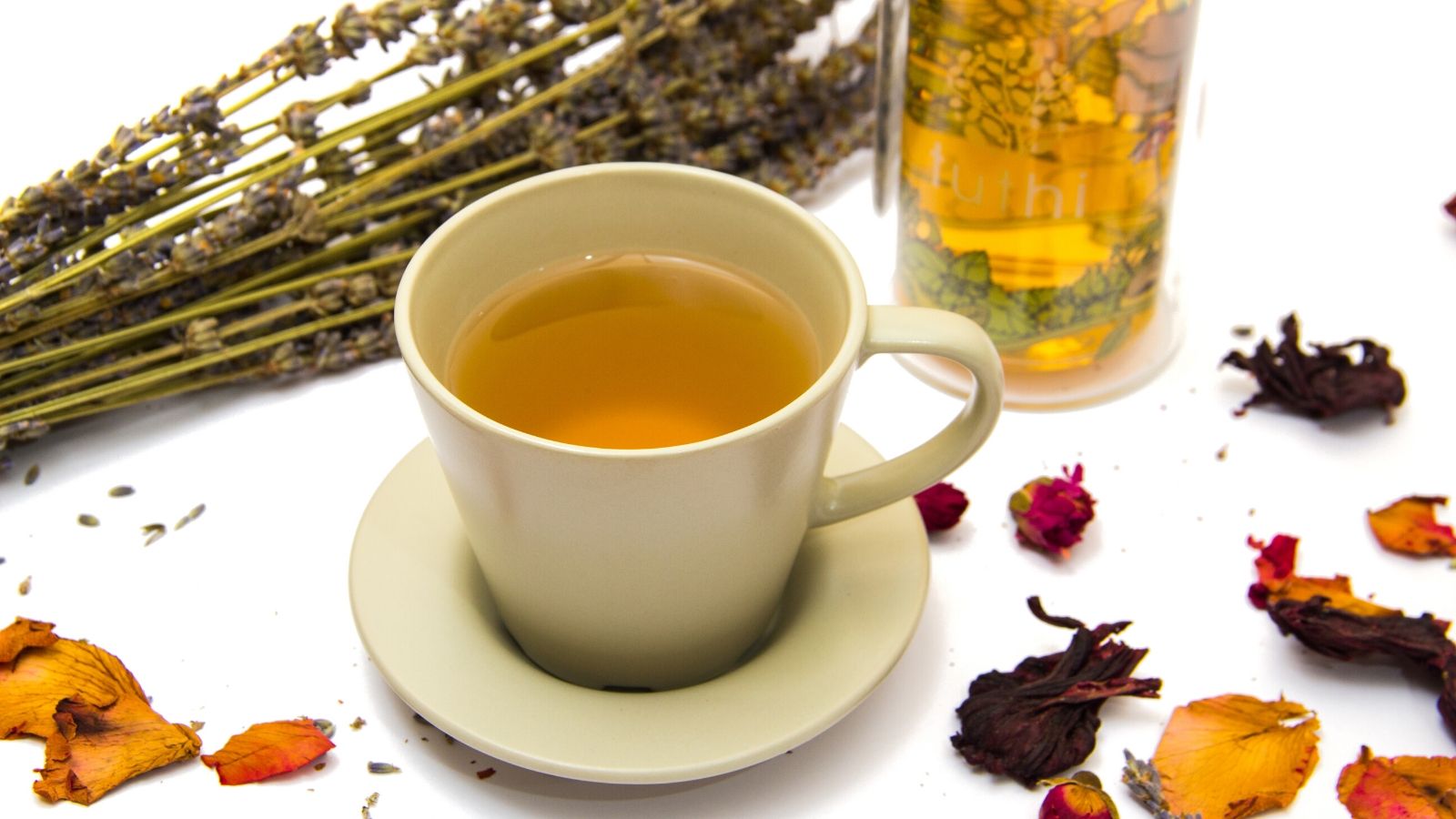

Leave a Reply